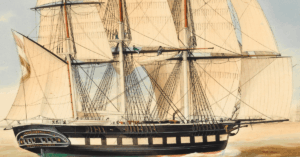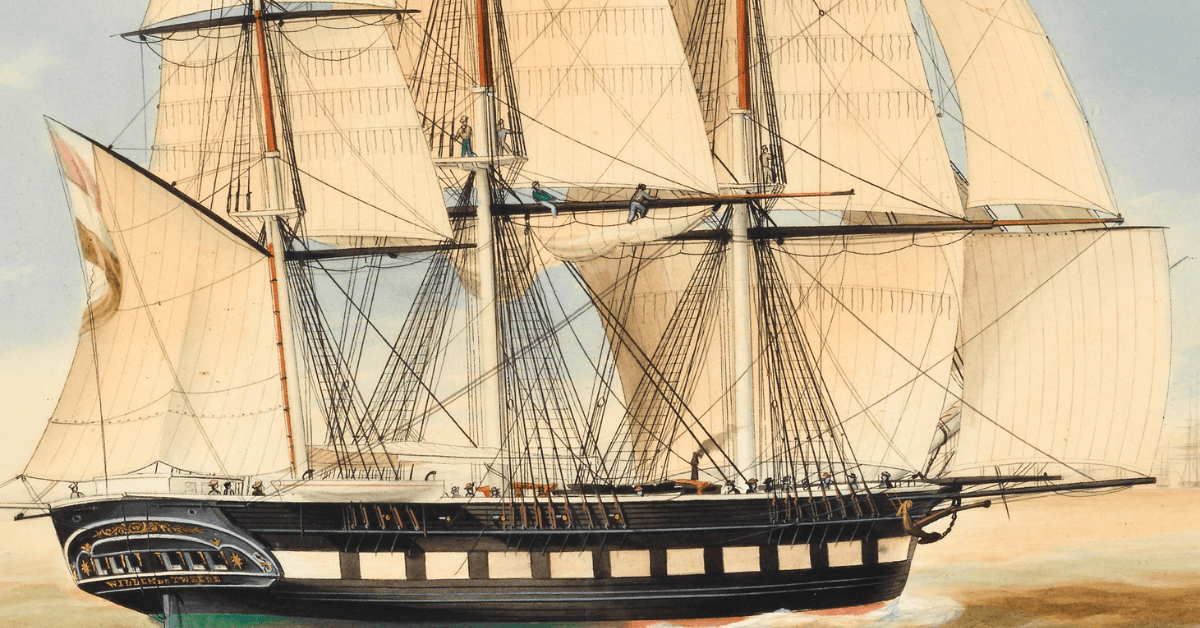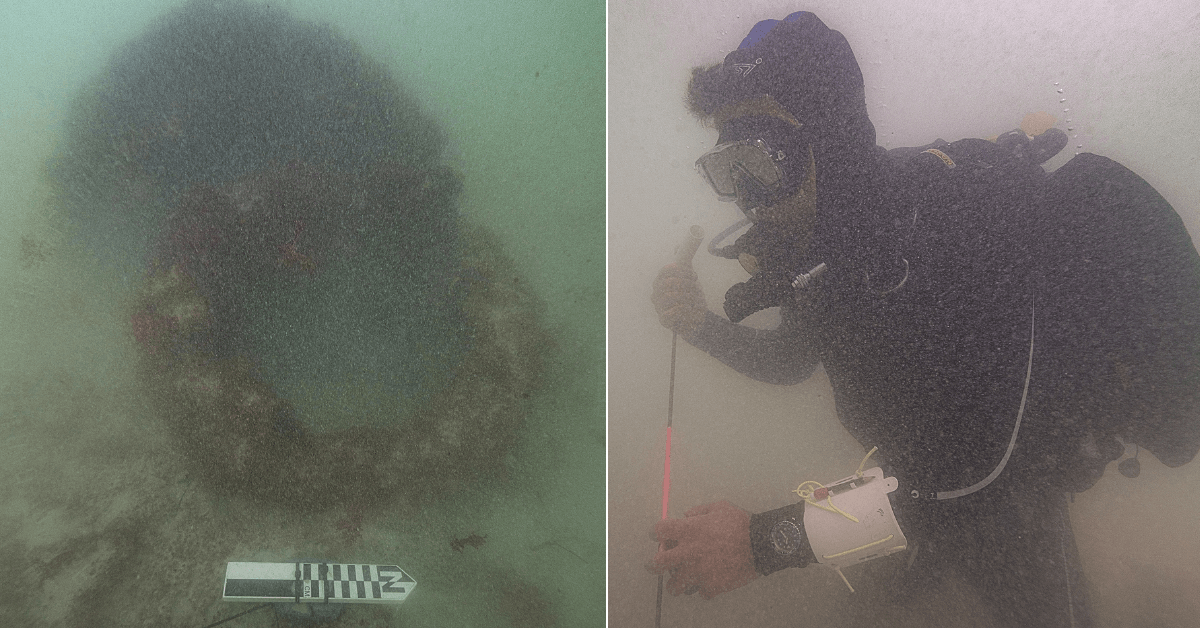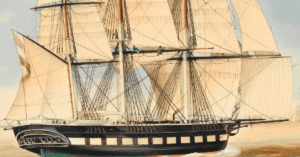
EU Blacklists Nearly 200 Russian Tankers In 17th Sanctions Package
May 15, 2025
ATSB Issues Recommendations After Bulk Carrier Nearly Strands Near Sydney
May 15, 2025

A team of Australian maritime archaeologists has discovered the wreck of the Dutch frigate Koning Willem de Tweede, which sank off the coast of South Australia in 1857 during a violent storm. The shipwreck was buried under shifting sands near the town of Robe and remained hidden for more than 160 years.
The Koning Willem de Tweede was a 42-meter-long ship built in 1840 in South Holland, originally named Erfprinses van Oranje before being renamed to honour King William II of the Netherlands. It was an 800-ton fully rigged vessel made mostly of oak, designed to carry both passengers and cargo.
In June 1857, the ship left Hong Kong carrying about 400 Chinese gold miners bound for the Victoria goldfields in Australia. After reaching Robe, the miners disembarked and were forced to walk around 400 kilometres to the mines because this landing avoided the high taxes charged by Victoria for direct ship arrivals.
Following this, the ship stayed anchored in Guichen Bay near Robe, waiting out rough weather. On June 30, 1857, a violent storm struck the area. The storm tore off the ship’s anchor windlass- a mechanical device used to raise and lower anchors, and the anchor was lost.
The captain, Hindrik Remmelt Giezen, tried to save the vessel by deliberately grounding it on a nearby sandbank to stop it from sinking.
During this effort, the hull of the ship split in two, and it started breaking apart under the waves. Tragically, 16 of the 25 crew members died when their lifeboat capsized in the rough surf. Captain Giezen survived by holding onto a cask and was later rescued. The bodies of the drowned crew were buried in nearby dunes.
Despite the wreck being close to shore, its exact location remained a mystery for over 160 years. The bay near Robe has constantly shifting sands that bury and uncover parts of the wreck, making it difficult to find.

Divers reported that the suspended sand creates near-zero visibility, almost like an “underwater sandstorm,” making underwater searches very challenging.
In 2022, the Koning Willem de Tweede Shipwreck Project began, a joint effort by the Australian National Maritime Museum, the Silentworld Foundation, South Australia’s Department for Environment and Water, and Flinders University.
The team used magnetometers to scan the seabed, identifying a strong magnetic signal consistent with a ship about 140 feet long-the size of the Koning Willem de Tweede.
Early dives in 2023 were hampered by poor weather and low visibility, but finally, in March 2025, a calm weather window allowed divers to see the seabed clearly.
Lead researcher James Hunter reported discovering the ship’s iron windlass sticking upright in the sand, along with well-preserved wooden planks. Hunter described nearly bumping into the windlass while working in near-zero visibility.
Further supporting the wreck’s identity, researchers found pieces of 19th-century Chinese ceramics on a nearby beach in March 2023. No other large magnetic anomalies were found in the area, matching historical accounts of the shipwreck’s location.
The wreck lies roughly 1,300 feet offshore from Long Beach at Robe.
The Australian National Maritime Museum stated the wreck’s position and size is similar to the historical records of the Koning Willem de Tweede. Hunter said the team is confident in their identification but joked it would be ideal to find a ship’s bell with the name on it to confirm beyond doubt.
The site has been officially protected. Divers may visit but are advised not to disturb the wreck. Future expeditions will monitor the ship’s condition and may attempt to find more of the hull and recover artifacts.
Because the ship sank suddenly during a catastrophic event, with no time to save equipment or belongings, archaeologists believe many artifacts remain on site. These finds could provide valuable insights into the life of the crew and passengers, and the 19th-century maritime history of the gold rush era.
References: nltimes, allthatsinteresting
Source: Maritime Shipping News


